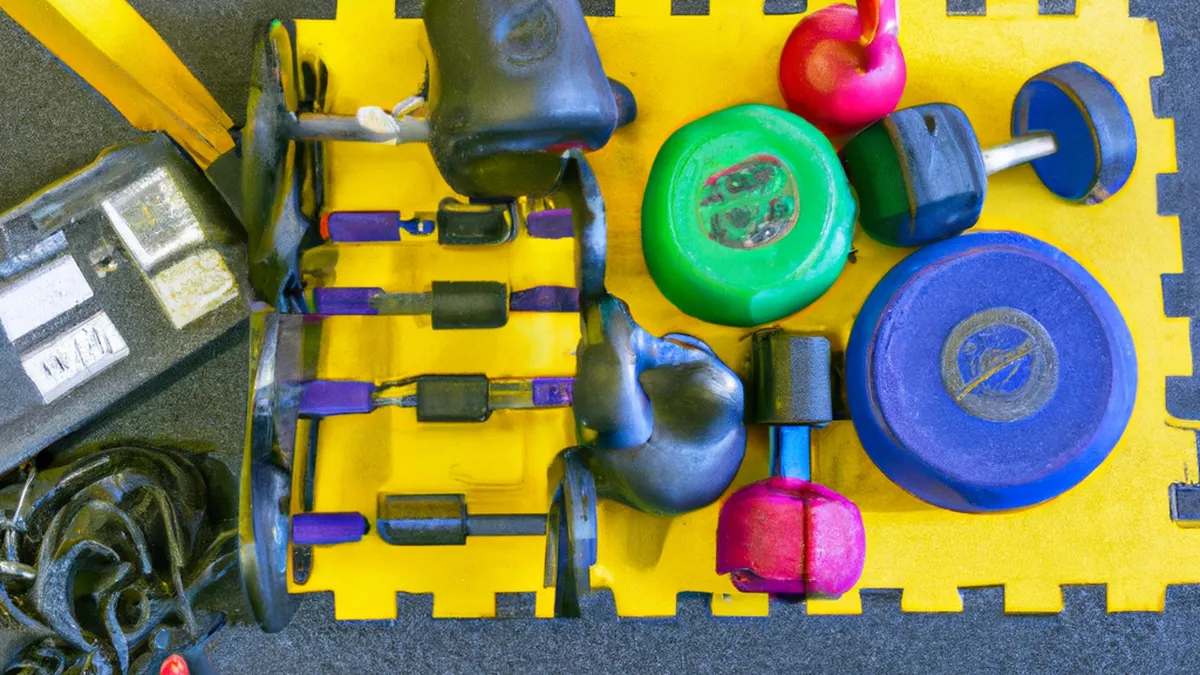Thriving Together in Endurance Workouts
The Benefits of Peer Support in Strength Endurance Circuit Programs
Strength endurance circuit programs effectively blend strength training and cardiovascular conditioning. These workouts involve rotating through various exercise stations, targeting multiple muscle groups. Participants complete each exercise for a set time or number of repetitions. While program structure matters, peer support significantly enhances the experience. Collaborating with others boosts motivation, performance, and enjoyment. This blog post explores peer support benefits in strength endurance circuit programs and offers tips for cultivating a supportive environment.
Understanding Strength Endurance Circuit Programs
Strength endurance circuit programs improve muscular endurance and cardiovascular fitness. These workouts often include high-intensity exercises that challenge participants. Circuit training’s dynamic nature keeps workouts interesting and suitable for all fitness levels. However, the journey can be tough, making peer support invaluable.
The Role of Peer Support
Peer support enhances strength endurance circuit program effectiveness. Working together creates a positive atmosphere, improving performance and motivation. Here are key aspects of how peer support transforms your workout experience:
1. Increased Motivation
Working out with peers boosts motivation. Seeing others push themselves inspires you to do the same. Group energy can be contagious, helping you overcome mental barriers. During tough exercises, a supportive partner’s encouragement helps you complete extra reps or hold planks longer.
2. Enhanced Accountability
Having workout partners increases accountability. Knowing someone counts on you to show up reduces your chances of skipping workouts. This sense of responsibility fosters consistent progress and motivates you to stick to your training schedule. Regular group attendance cultivates commitment, with everyone invested in each other’s success.
3. Improved Performance
Research shows that people perform better in groups. Peers create a supportive environment, increasing strength and endurance over time. Peer support encourages participants to push limits and provides opportunities for constructive feedback. Partners can observe each other’s form, offering insights that refine skills and prevent injury.
4. Stronger Social Connections
Peer support fosters friendships that extend beyond the gym. Sharing fitness goals creates bonds that enhance the workout experience. These connections often lead to social outings, shared meals, and participation in charity runs or fitness challenges, reinforcing commitment to a healthy lifestyle.
5. Reduced Stress and Anxiety
Working out with others alleviates stress and anxiety.
Conclusion
Peer support enhances motivation, accountability, performance, social connections, and mental health in strength endurance circuit programs.
Below are related products based on this post:
FAQ
What are the main benefits of peer support in strength endurance circuit programs?
Peer support enhances motivation, accountability, performance, social connections, and mental health. Working out with others inspires individuals to push their limits, fosters a sense of responsibility to attend workouts, and helps build friendships that extend beyond the gym.
How does working out with peers improve performance?
Research indicates that people perform better in groups due to the supportive environment created by peers. This encouragement allows participants to push their boundaries, receive constructive feedback, and refine their techniques, ultimately leading to improved strength and endurance.
Can peer support help reduce stress and anxiety during workouts?
Yes, working out with others can alleviate stress and anxiety. The social aspect of exercising with peers provides a sense of community and belonging, which can contribute to a more enjoyable and less stressful workout experience.















Post Comment